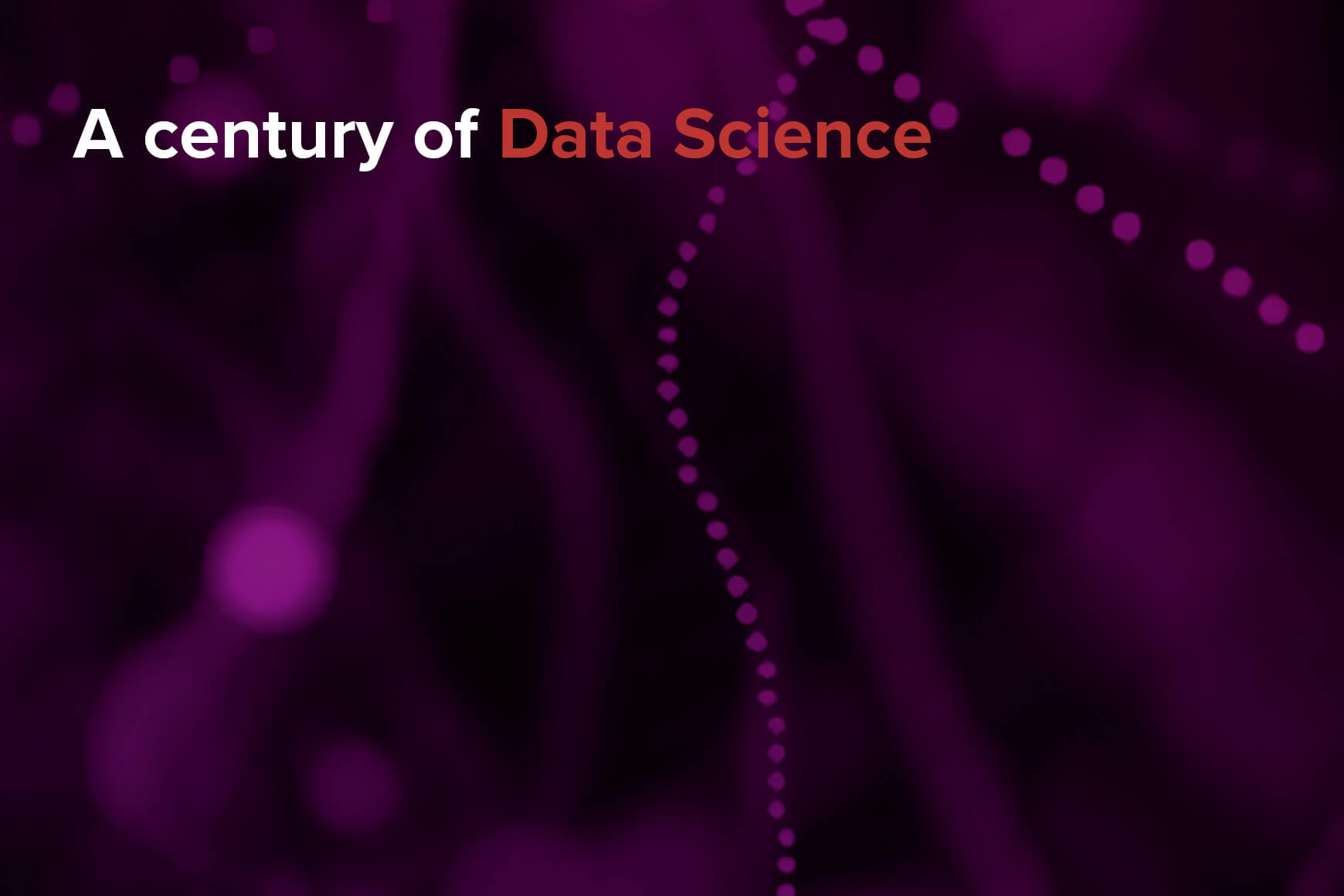The Rising power of Data Science

More than 20 years have passed since the match that changed the history of chess. In May 1997, DeepBlue computer by IBM defeated the top chess player Garry Kasparov in a six games match. For a long time, one believed that winning at chess requires a particular type of strategic thinking that machines are not capable of. However, as Kasparov himself admitted, some of DeepBlue’s moves seemed somewhat ‘human’ than ‘computer-like’.
After that, a similar AI revolution happened in many other complex games. In 2010 a computer won in Shogi; Go or Poker were soon to follow. Recently, we saw DeepMind’s AI challenging the world’s best Starcraft players and beating them.

What do all these cases have in common? None of these successful wins has been achieved by the computer’s ‘brute force’ – i. e. generating all possible scenarios to the end and picking the optimal one. Chess, shogi or go are too complex for that. Moreover, in a Poker game, a computer also faces the randomness of human bluffing. The reason for the triumph of AI was teaching it how to evaluate any particular position in a human-like way. Thus, today, we can view Garry’s loss as a practical demonstration of what can be done, combining large data sets with effective processing. Or in modern language: combining Big Data and Data Science.
A century of Data Science
In the last century, Data Science used to be called statistical analyses, and except for regular reporting, it wasn’t really used in the business domain. Applications were much more common in fields such as biology, medicine, or economics.
Additionally, computers of the 80s and 90s simply did not have the capacity to work with complex models and large data sets. Luckily, the technological boom managed to change this: today, even an ordinary laptop can process the gigabytes of data using sophisticated statistical methods. Secondly, data much larger than gigabytes are being collected through automated systems.
For example, your telco provider can record every single phone call, text message, even your spatial movement. Your bank knows where and how much money you have sent, how much you get paid, or how often you use your credit card. Supermarkets lure you in with discounts and harvest data about your consumer habits through various club cards. In these contexts, machine learning is used to monitor transactions, and it can block your credit card in case of fraud suspicion or unauthorised account access. Suitable algorithms also motivate clients to spend more by showing them targeted sales offers, etc. As these large, traditional domains (finance, retail) lead the way, other industries (such as manufacturing) and smaller businesses are slowly following suit.
And it doesn’t end with structured data. The capabilities of Data Science are growing every minute. We can mine through text documents and compare them, test fully self-driving cars, or predict the spread of infectious diseases. The field is experiencing massive growth with relevant conferences being organised all over the globe.
If you are sceptical about the expected spread of AI, your only hope is probably a black swan. However, as tech enthusiasts, the Profinit Data Science crew are looking forward to amazing future innovations.
Need help with your Data Science project? Get in touch with us for a free consultation.